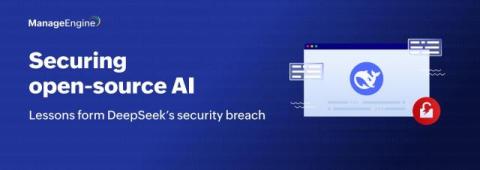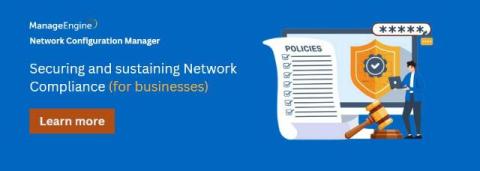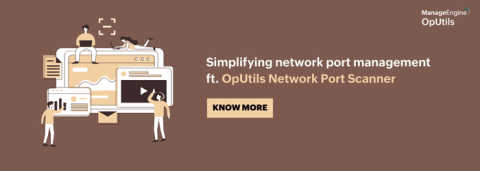Top tips: Keep AI chatbots out of your business!
Top tips is a weekly column where we highlight what’s trending in the tech world and list ways to explore these trends. This week, we’ll look at how you can shield your privacy when using AI chatbots.











